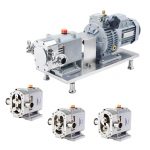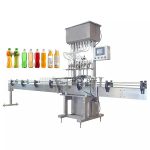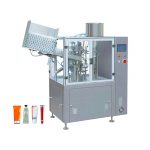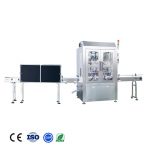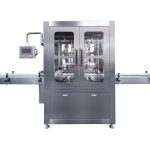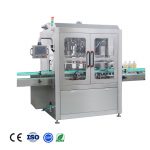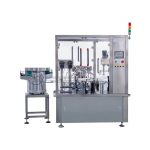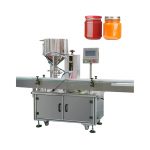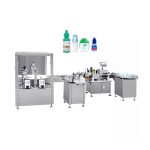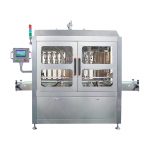What is Peristaltic Pump Filler?
A peristaltic pump filler is a type of filling machine that uses a peristaltic pump to dispense a precise amount of liquid into containers. It is commonly used in the food and beverage, pharmaceutical, and chemical industries for filling a wide range of products, including sauces, syrups, oils, and lotions.
Peristaltic pumps work by compressing and releasing a flexible tube, which moves the liquid through the pump and out of the nozzle. This type of pump is known for its accuracy and precision, as it can dispense small, precise amounts of liquid with minimal waste. It is also known for its cleanliness, as the flexible tube can be easily replaced and there are no moving parts inside the pump that come into contact with the liquid, reducing the risk of contamination.
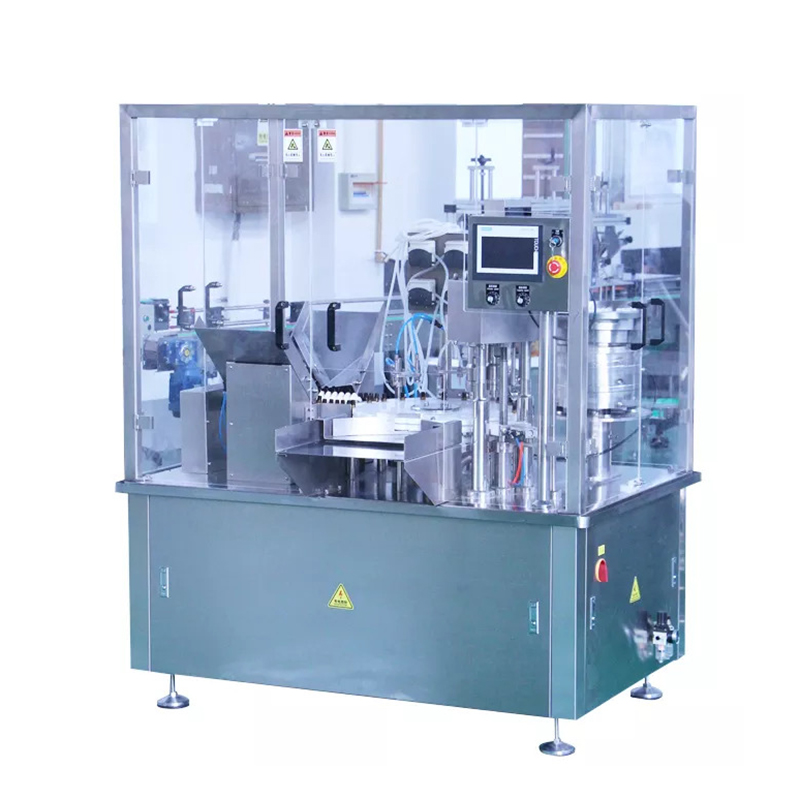
Peristaltic pump fillers are typically used for filling small to medium-sized containers, such as bottles and pouches. They can be used to fill a variety of products with different viscosities, from thin liquids like water to thick, viscous products like sauce.
One of the main advantages of peristaltic pump fillers is their accuracy and consistency. These machines are equipped with sensors and control systems that ensure that the same amount of liquid is dispensed each time, ensuring that the product being filled is consistent in terms of volume and quality. They are also able to operate at high speeds, making them suitable for high-volume production lines.
Peristaltic pump fillers are also known for their versatility. They can be easily adjusted to accommodate different container sizes and shapes, as well as different types and viscosities of liquids. This makes them suitable for use in a wide range of industries and applications.
Peristaltic pump fillers are generally easy to operate and maintain. They typically have simple, user-friendly controls that allow operators to adjust the filling speed and volume as needed. They also have minimal wear and tear on the pump and flexible tube, meaning that they require minimal maintenance and have a long lifespan.
One of the main disadvantages of peristaltic pump fillers is that they are not suitable for filling products that contain particles or solid components, as these can clog the flexible tube. They are also not suitable for filling containers with sharp edges or rough surfaces, as these can damage the flexible tube. In addition, peristaltic pump fillers are generally more expensive than other types of filling machines, such as gravity fillers or volumetric fillers.
Peristaltic pump filler working principle
The working principle of a peristaltic pump filler is based on the movement of a flexible tube through a series of rollers. The rollers apply pressure to the tube, compressing it and moving the liquid contained within the tube through the pump and out of the nozzle.
- The peristaltic pump filler is fed with a supply of liquid from a storage tank or container.
- The liquid is then drawn into the flexible tube by a series of rollers or a rotor.
- The rollers or rotor compress the flexible tube, creating a seal around the liquid and pushing it forward through the pump.
- As the liquid moves through the pump, it is dispensed through the nozzle and into the container or packaging material.
- The flexible tube is then released by the rollers or rotor, allowing it to return to its original shape.
- The process is repeated, with the rollers or rotor compressing the flexible tube and moving the liquid through the pump with each cycle.
This continuous movement of the flexible tube and the application of pressure by the rollers or rotor creates the peristaltic action that gives the pump its name. The peristaltic action allows the pump to dispense precise amounts of liquid with minimal waste, making it suitable for a wide range of filling applications.
Peristaltic pump fillers are equipped with sensors and control systems that allow the operator to adjust the filling speed and volume as needed. They can also be programmed to dispense specific amounts of liquid with each cycle, ensuring consistent filling and high accuracy.

